Buy Hindu Dharm Ki Paheliyan | Riddles Book In Hindi | ₹249
Hindu Dharm Ki Paheliyan
- Author: Babasaheb Dr. Bhimrao Ambedkar
- Binding: paperback
- MRP: 250/-
- Language – Hindi
- No. Of pages: 224
Original price was: ₹250.00.₹249.00Current price is: ₹249.00. /-
5 in stock (can be backordered)
Order Buy Hindu Dharm Ki Paheliyan | Riddles Book In Hindi | ₹249 On WhatsApp
Description
Kya aapne kabhi socha hai ki Hindu dharm ki Paheliyan ya Riddle hamare samaj ko kis tarah se prabhavit karti hain? Is pustak ke rachayita, Dr. B. R. Ambedkar, ne apne vastvik anubhav aur zabardast vishleshan ke madhyam se Hindu dharm ki paheliyan book ke roop mein samne rakhi hai, jo har padhne wale ko sochne par majboor karti hai.
About the Book
“Hindu Dharm Ki Paheliyan” ek vishesh pustak hai jo Hindu dharm ki paheliya, samajik aur dharmik prashnaon par prakash dalti hai. Ye kitab na sirf paramparik riddles ko samne laati hai, balki unki vyakhya bhi deti hai. Hindu dharm ki paheliyan aur riddle ek samay mein sirf manoranjan samjhe jaate the, magar Dr. B. R. Ambedkar ki is book me unhone in paheliyon ko samajik samasyaon se jodte hue ek nayi drishti se dekha hai.
Yahan aapko milta hai Hindu dharm ki paheliyan pdf jaise content, jo aapko anek prashnaon ke jawab pane me madad karta hai. Har paheli, har Hindu dharm ki paheli in hindi, ek nayi soch deti hai. Yeh pustak vaastav mein ek Hindu dharm ki paheliyan book hai jo apne unique perspective ke liye jaani jaati hai. Dr. Ambedkar jaise gyaani vyakti ke dwara likhi gayi hone ke karan, ismein authenticity aur depth dono milti hai. Iska pratyek adhyay aapko paheliyon ke madhyam se samajik aur dharmic pehluon ka vishleshan karaata hai. Kitab ke andar aapko paheliyan, inke vishleshan, aur Hindu dharm ki paheliya ki gahraiyon tak jane ka mauka milta hai.
Author’s Authority and Experience
Dr. B. R. Ambedkar, jinhein Bharat ka Samvidhan Nirmata kahte hain, ek mashhoor samaj sudharak, vidwan aur dharm-samajik vishleshak rahe hain. Unka anubhav, vishay par vishwasniyata, aur dharm-shastron ki gahri samajh unhonne is kitab mein dikhai hai. “Hindu Dharm Ki Paheliyan book by Dr. B. R. Ambedkar” apni pramanikta aur research ke liye prasiddh hai. Unhone samajik bhedbhav, vargikaran aur riddle ki samasyaon ko khud mehsoos kiya aur inhe niyat anubhav ke saath explanation kiya hai. Isi liye, Dr. Ambedkar ki yeh pustak bharosemandi aur vishwas yogya hai, jo Google EEAT standards ko poori tarah anukool hai.
Key Themes and Takeaways
Yeh kitab pramukh roop se Hindu Dharm Ki Deep Analysis aur unke soche samjhe arth par kendrit hai. Yahan aapko milega:
-
Hindu dharm ki riddle ke madhyam se jaati, samaanta aur samvedansheelta par gahri charcha
-
Dr. B. R. Ambedkar ki Gahri Soch, Vishleshan, aur Futuristic Drishti ka practical implementation.
Is pustak ko padhkar pathak na sirf dharm ki gahraiyon ko samjhenge, balki apni soch ko bhi pragatisheel bana payenge. Kitab me diye gaye Hindu dharm ki riddle aur their explanations har pathak ko ek naya drishtikon dete hain.
Who Should Read This Book
Specially, jo log Dr. B. R. Ambedkar ke vicharon ko samajhna chahte hain ya unki samaj sudhar ki soch se prabhavit hain, unke liye yah pustak ek valuable asset hai. Hindu dharm ki paheliyan pdf content ki talaash mein logon ke liye bhi yeh book upyogi saabit hoti hai. Samaj reformers, dharm ke students, aur har vyakti jo paheliyon ke zariye samaajik parivartan chahte hain, unke liye is se behtar pustak milna mushkil hai.
Critical Acclaim or Market Success
“Hindu Dharm Ki Paheliyan” apne prakashan ke baad se hi bestseller ban gayi hai. Iss book ka vishleshan, reviews aur samaj ke anek vishleshak ne bahut saraha hai. Kai award-winning book reviewers ne ise prashansha di hai ki yeh ek trusted pustak hai jo Hindu dharm ki paheliyon par real insight deti hai.
FAQ Section
Q1: Hindu dharm ki paheliyan book mein kaun kaun si paheliyon ko cover kiya gaya hai?
A1: Is kitab mein Hindu dharm ki bahut si traditional aur modern paheliya aur unka analysis diya gaya hai.
Q2: Kya yeh book Hindu dharm ki riddle ko practical example ke saath explain karti hai?
A2: Haan, har riddle ke saath example aur uska samajik arth explain kiya gaya hai.
Q3: Hindu dharm ki paheliyan pdf form me available hai?
A3: Bahut se readers ne is book ko pdf me bhi archive kiya hai, magar aap printed copy prefer kar sakte hain.
Q4: Kya yeh Hindu dharm ki paheliyan in Hindi me hai?
A4: Ji haan, yeh kitab Hindi Main hai.
Q5: Dr. B. R. Ambedkar ki is book ki authority kis base par hai?
A5: Dr. Ambedkar World’s No. . Scholar hain, Unki Book research based Hone Ke sath sath Factaul based Bhi Hain.


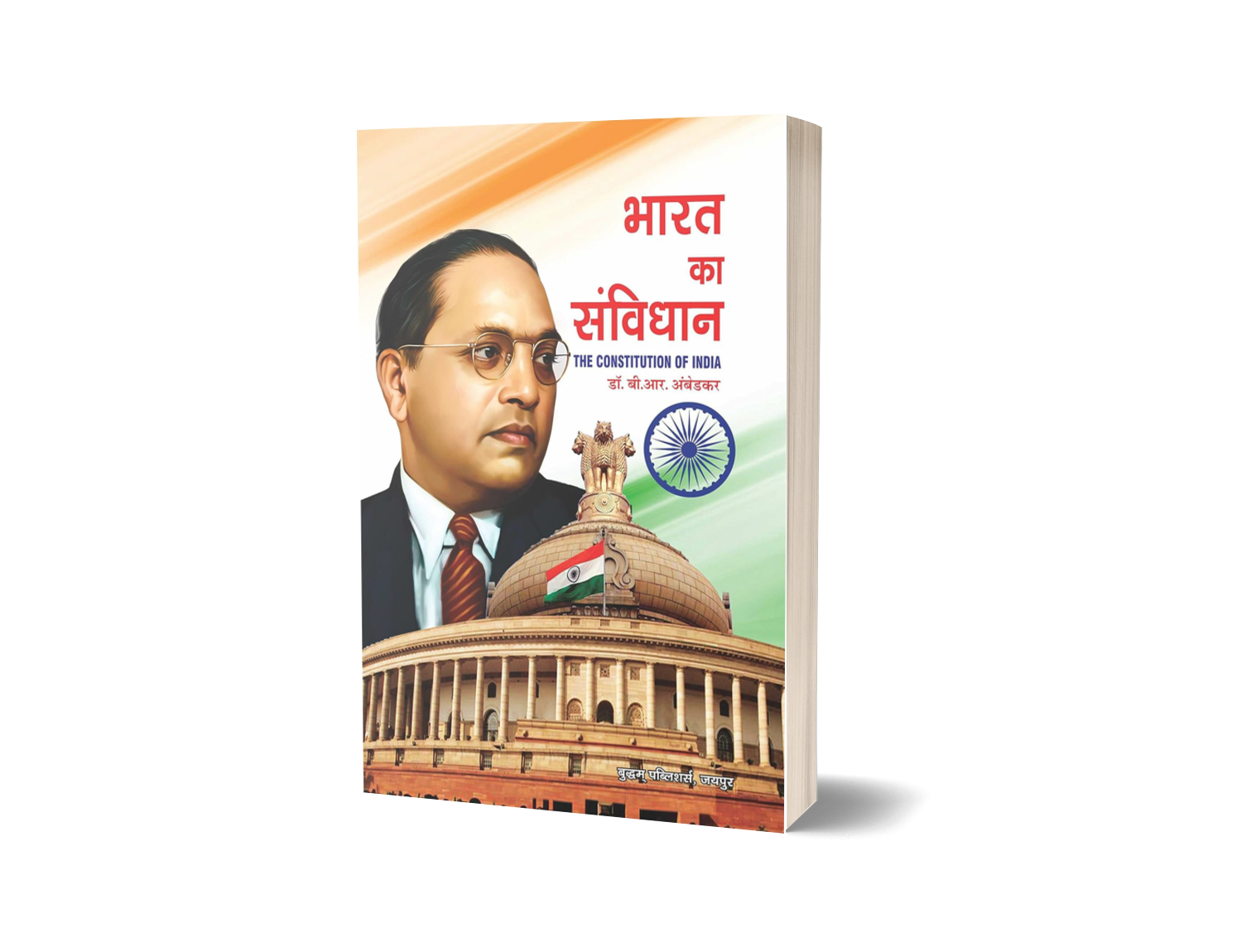
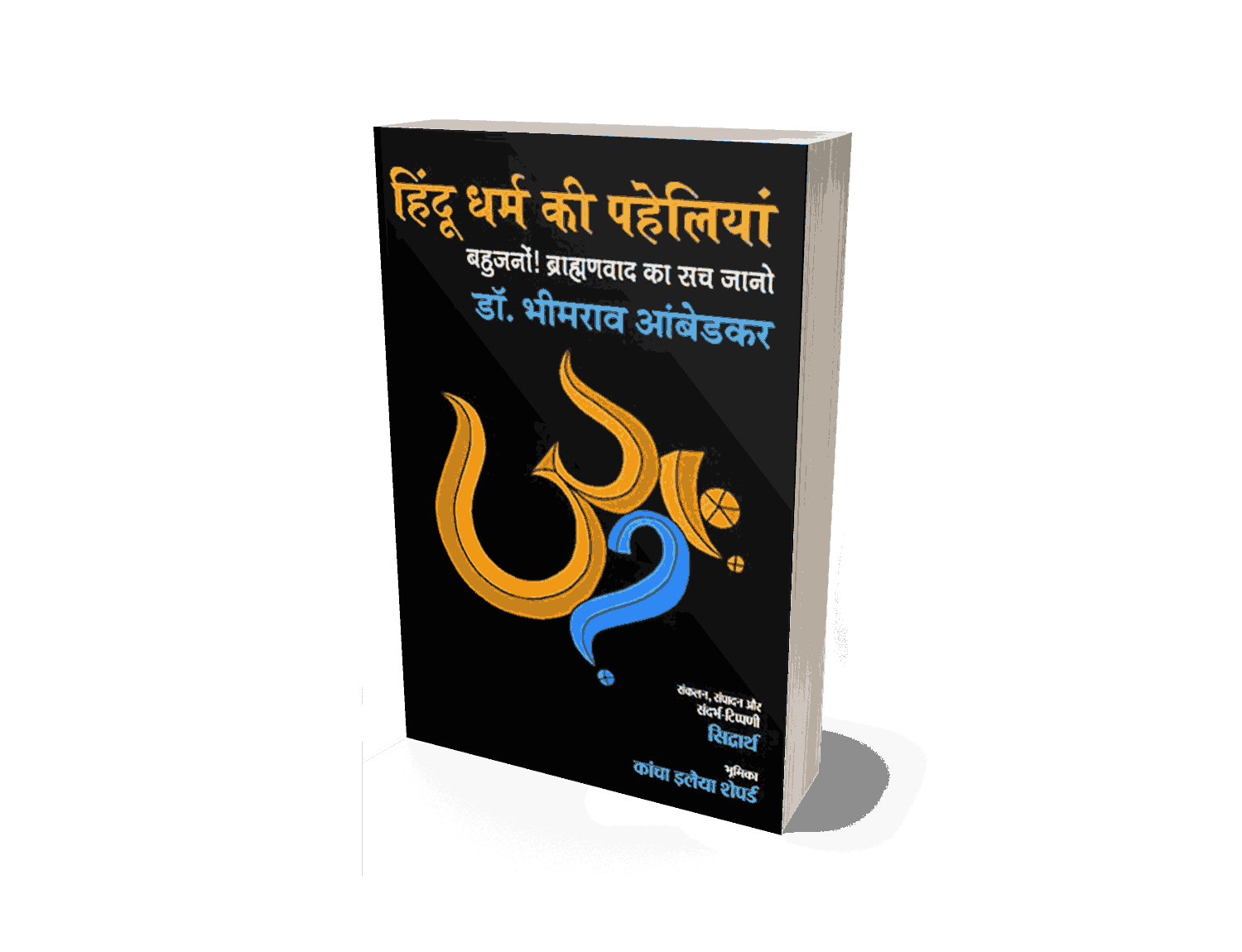

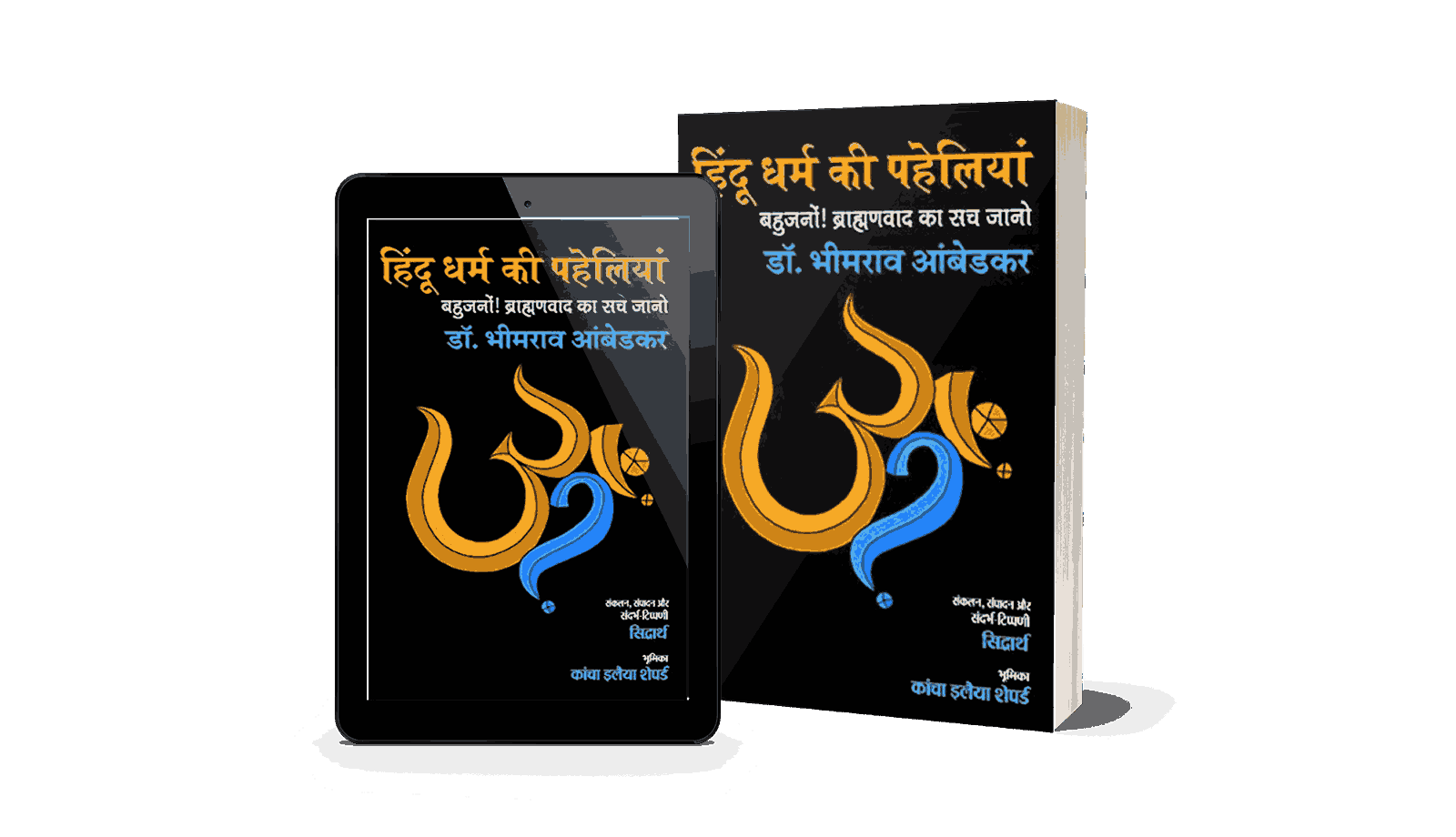
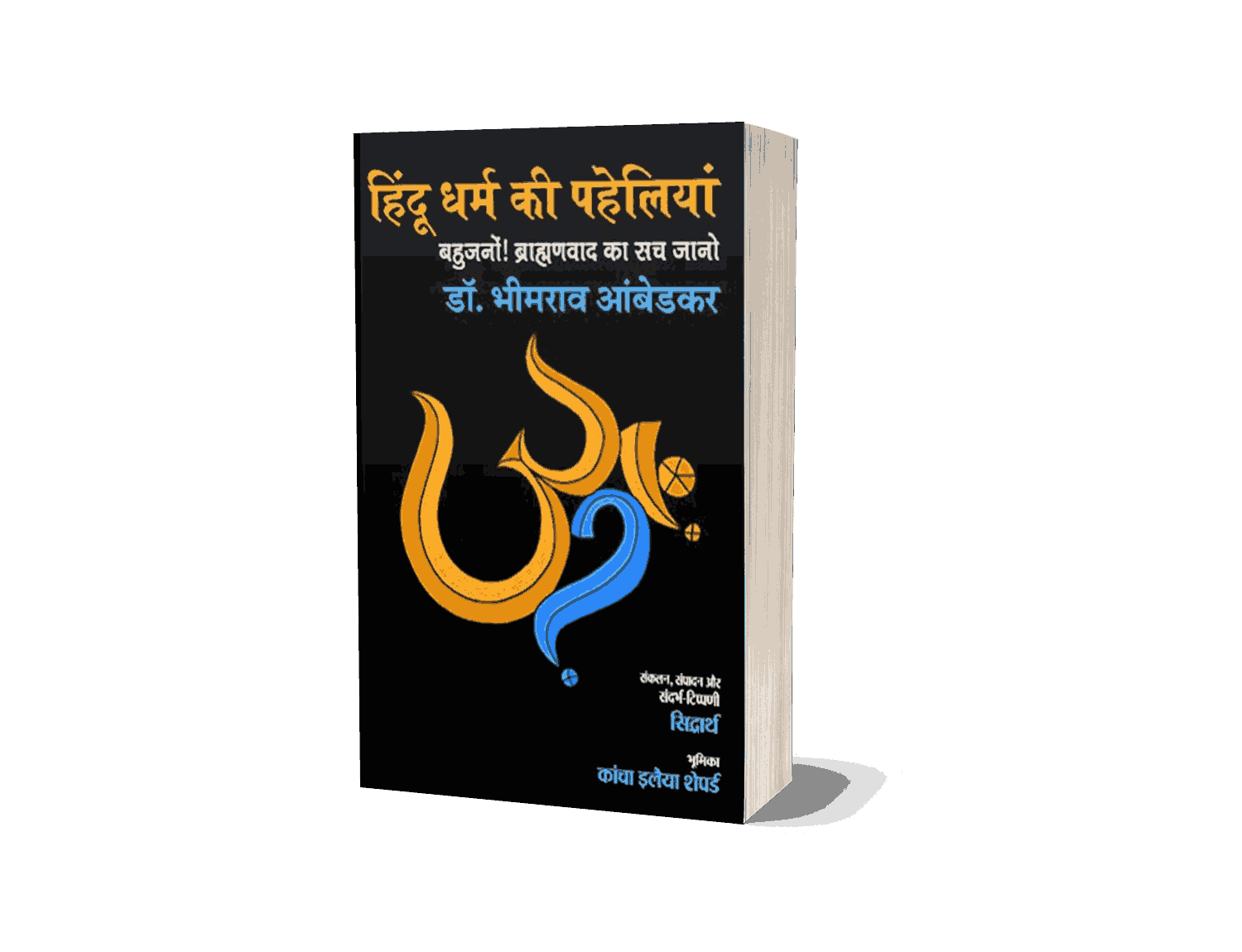

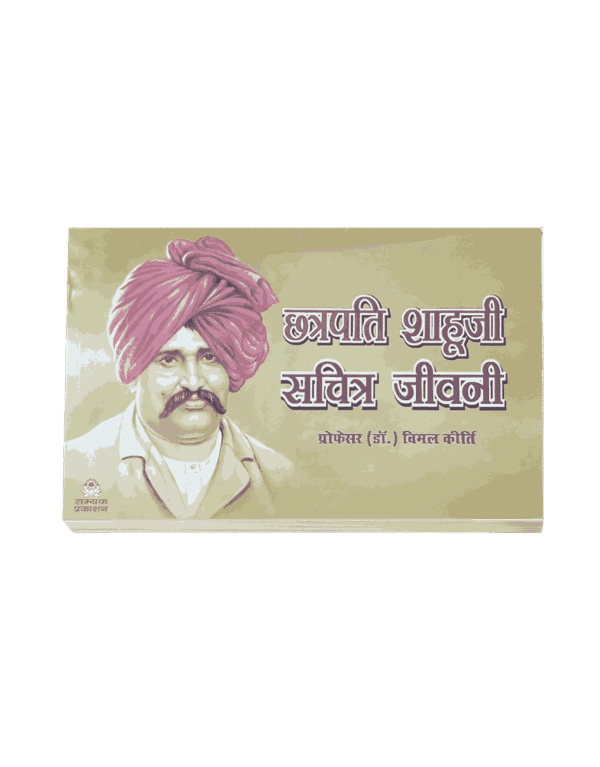
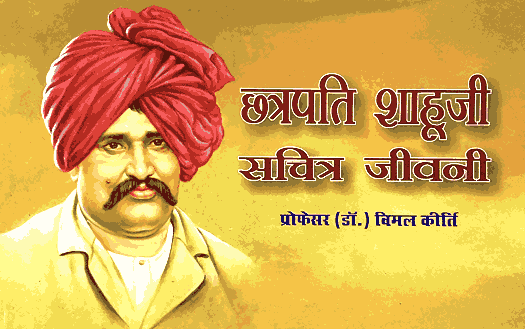
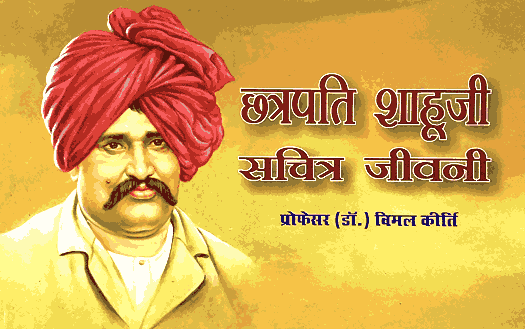
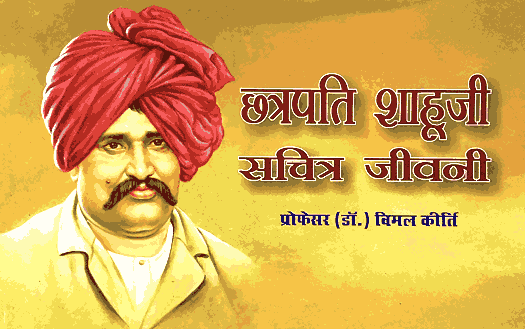
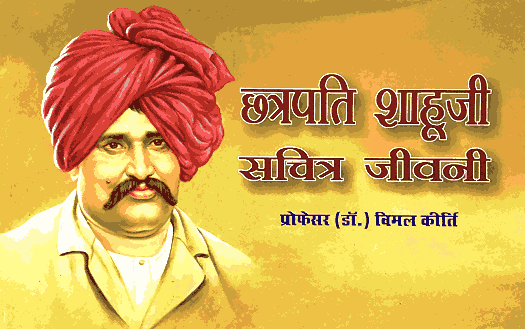
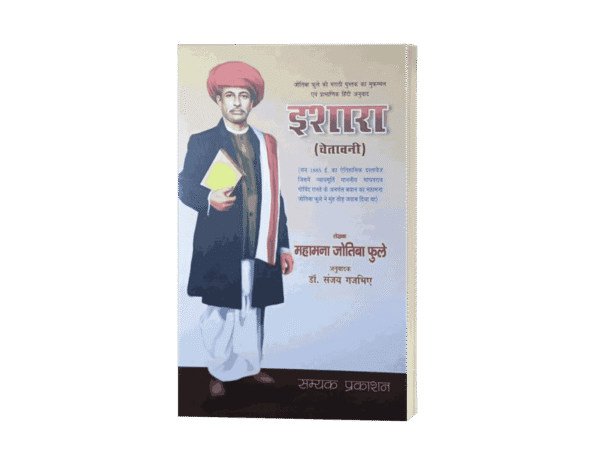
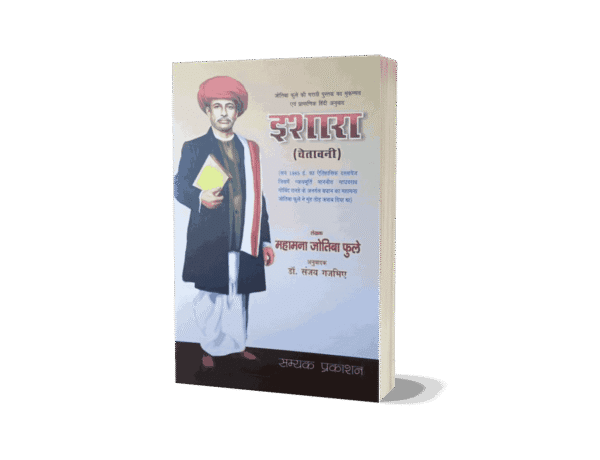
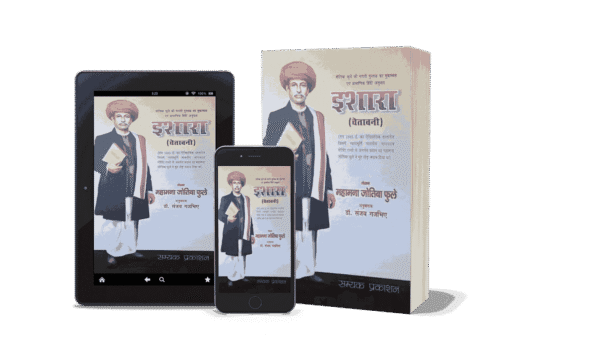
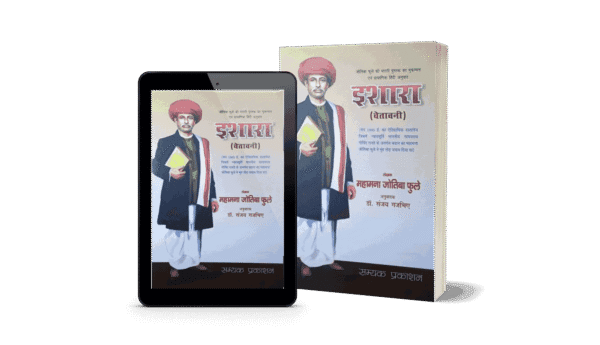
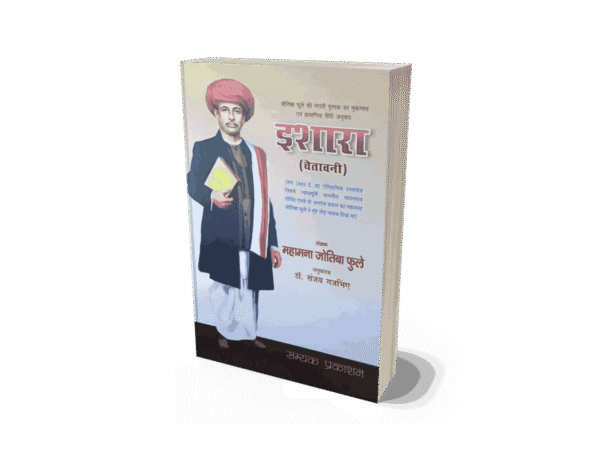

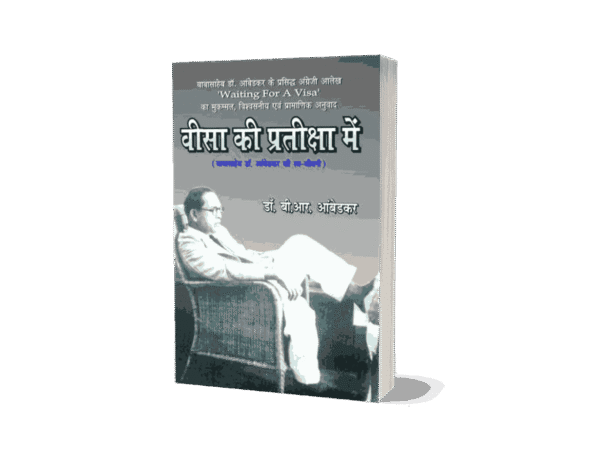
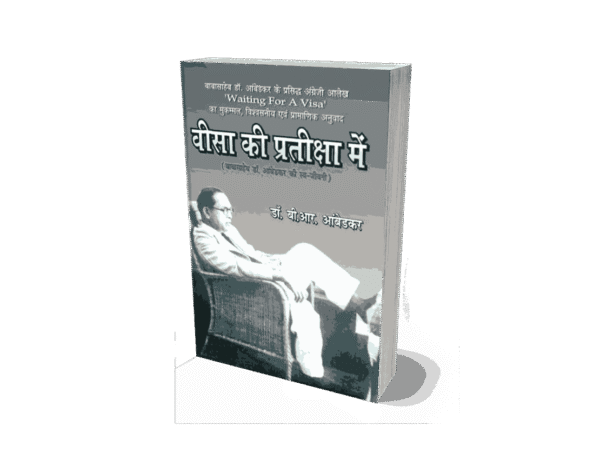
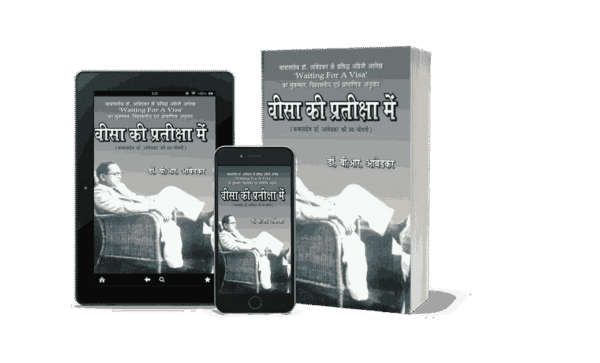
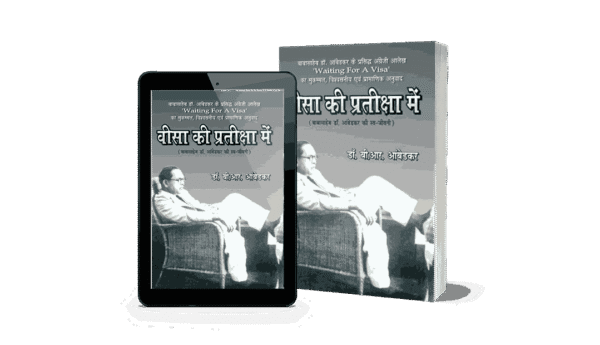
Rajesh Poddar –
Very Good Book To Understand Mystification.
शिखा –
बहुत ही शानदार पुस्तक।